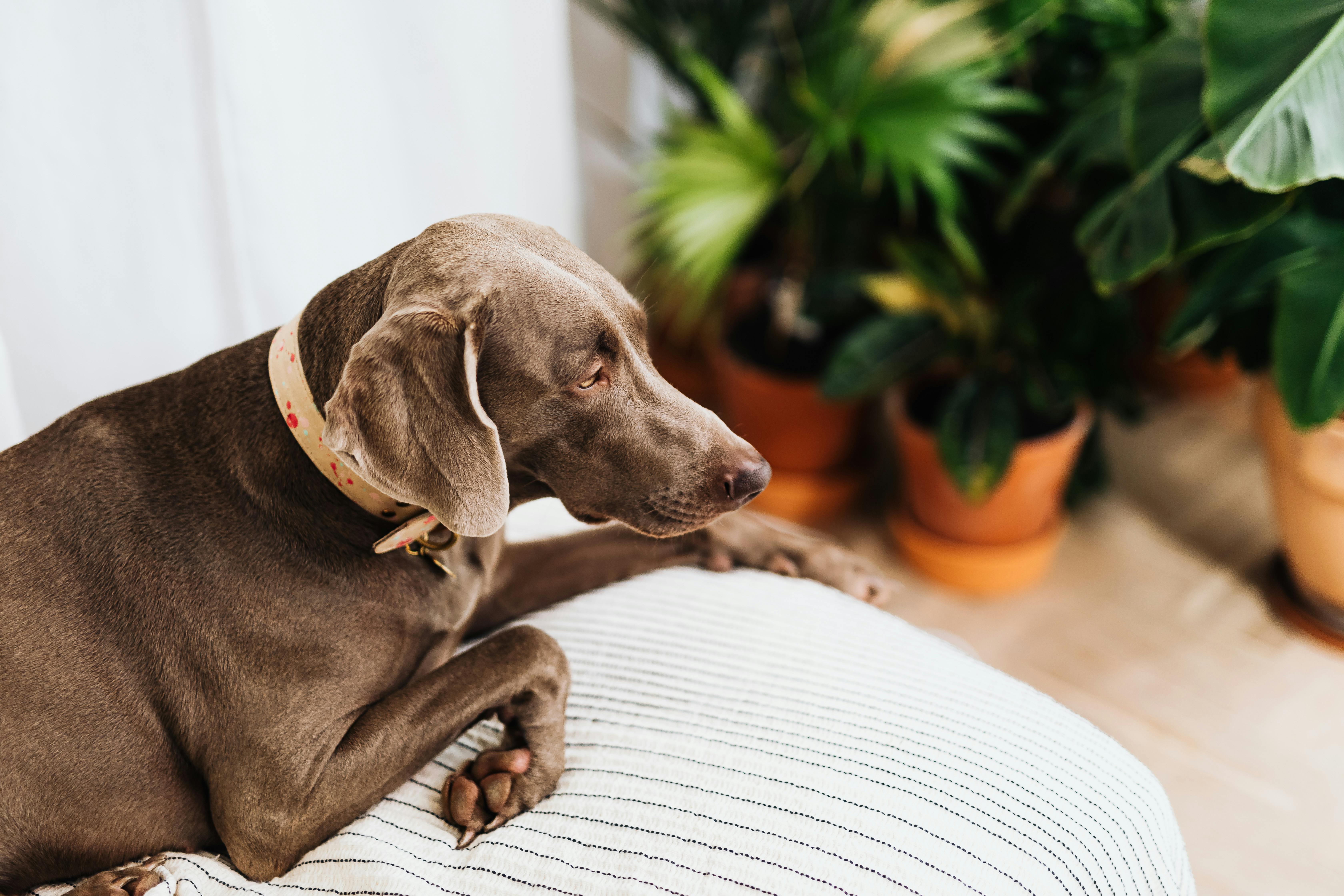
How to build your own pet drinker
Did you know that water should make up 60-70% of an adult pet’s body weight?
But pets are unpredictable drinkers at the water bowl. They can leave more water on the ground than ends up in their mouths…
It takes careful observation to see if your pet is trying to tell you something about its health, so you need to learn to read the signs…
In the meantime, a pet drinker can be a great way to keep them hydrated. They’re attracted to running water…and fountains, compared to still (and stagnant) water dishes, harbor fewer bacteria that can cause serious health problems for your pets.
Not only that, they can be a nice feature in your home, one that you and your pets can enjoy…
Simple steps to make a pet drinker
Wet pet food is up to 78% water, while dry kibble only contributes about 10% of a pet’s water intake. You should have plenty of clean, fresh water available to suit your pet’s diet.
Keep in mind that they may be trying to tell you something if they avoid the bowl of water altogether…or if they drain it more often than usual.
Here’s an easy way to make your own pet fountain…
1. Choose your boat.
This can be an ornate ceramic plate on a small pedestal or a glass fish bowl or tank. Be sure to choose a container that is between 1.5 and 5 gallons, depending on the size of your pet, that is non-porous.
It should be easy to clean in your sink or dishwasher. Do not use plastic of any kind. If you use ceramic, make sure it’s certified food-safe.
Something not overturned will prevent spills and damage to the bin or floors! As you know, some puppies love to get their paws into action…
2. Buy a fish tank pump with a filter.
Make sure the pump can handle the capacity of your tank or bowl.
Best to tell the store why you are buying the pump…you are looking for a fountain effect that comes out of the top of the container and creates the sounds and feel of a stream.
You will also want to be able to adjust the water flow in case it is too strong or too weak for your boat and the amount of water.
3. Use stones, glass beads, or a clamp to suspend the pump.
Lining the bowl with decorative stones or glass beads from a craft or dollar store will allow debris to settle to the bottom of the plate.
Put them where your dog can’t reach them and it will keep the filter at the correct height.
Again, the beads and the bra must not be porous. You want something that is smooth and easy to clean.
4. Plug your pump into a surge protector.
Whenever you are mixing electricity and water, it is wise to take precautions.
Leave a loop down in the cord between the wall outlet and the source and make sure that if water is spilled, it does not splash or submerge the surge protector.
You don’t want the pump to cut off, or give your pet an unwanted bump on the nose or tongue! How eager do you think she will be to drink water after getting hurt? Not so much.
Remember that hygiene is important for your pet’s drinker
We cannot stress this enough.
There are bacteria in your pet’s mouth that are not naturally harmful to them… but if they get into your water source and have a chance to grow, they can make your pet seriously ill. It can even cause deadly diseases.
You should apply good hygiene practices to all toys and dishes that your pet comes into contact with on a regular basis. This includes their food bowl, even if they have dry food. Bacteria in your saliva can transfer to your food dish and grow in the right light and temperature conditions if it’s not cleaned properly.
I hear a lot of people joke that their dog has an “iron gut”… but there are some bacteria that can do a lot of damage if you don’t take care of them. And they may feel bad and can’t communicate with you about the reasons why…
Biofilm in a dish of water is easy to manage. Be sure to clean the pet fountain every three days.
-
Change the filter and o-ring according to the manufacturer’s instructions.
-
Remove any stones, glass beads, or anything else you may have put in the fountain to decorate or to hold the pump.
-
Wash all parts in a mild, non-toxic soapy solution. To remove stubborn biofilm residue, scrub the sides of the bowl with a baking soda paste, rinse well, then wash with warm water and a mild soap.
-
Be sure to rinse all soap residue from the parts.
Dogs, cats, and many other pets love having access to fresh running water. Pet fountains can be expensive, but you can build your own for a fraction of the cost.
Just make sure your pump is strong enough for the size of your pet and their water bowl, and that all parts can be cleaned thoroughly.
And, if any of your pets start behaving differently around their water bowl or food dish, be sure to listen carefully…they might be trying to tell you that they’re not feeling well.